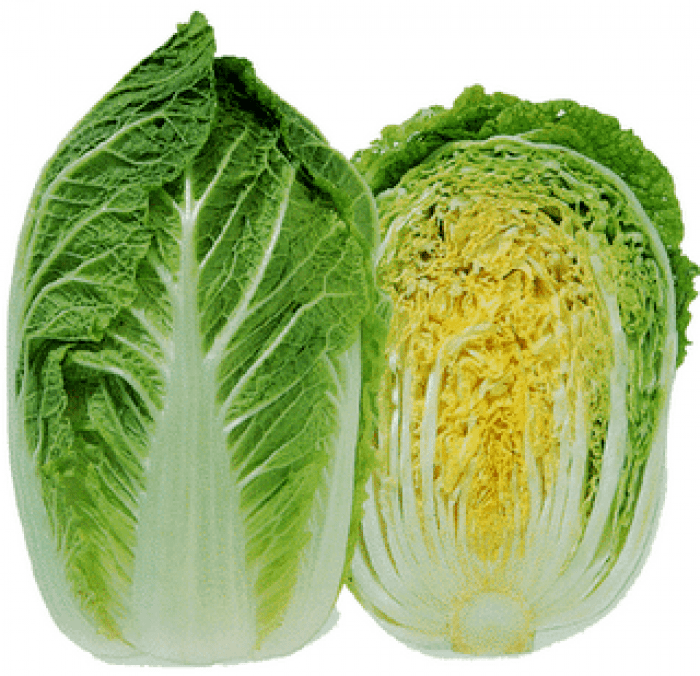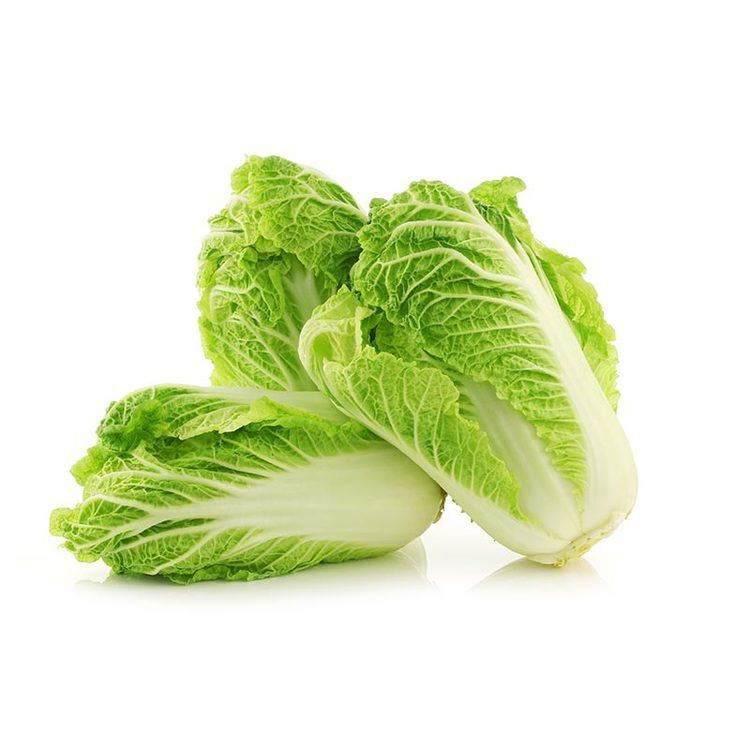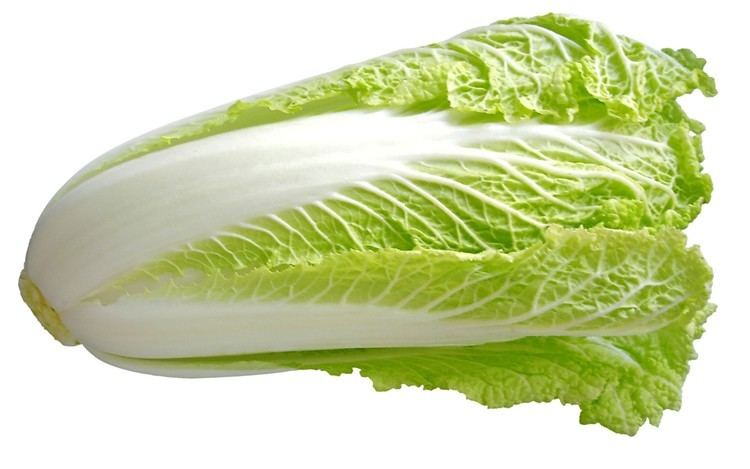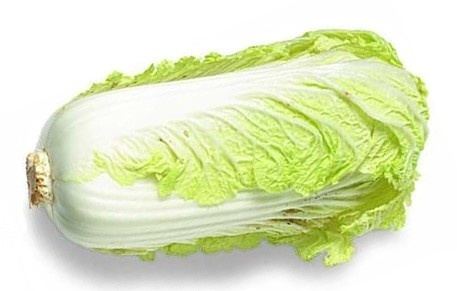Cultivar group members Many; see text. | ||
 | ||
Cultivar group Chinensis Group, Pekinensis Group Similar | ||
How to grow chinese cabbage from seeds
Chinese cabbage (Brassica rapa, subspecies pekinensis and chinensis) can refer to two groups of Chinese leaf vegetables often used in Chinese cuisine: the Pekinensis Group (napa cabbage) and the Chinensis Group (bok choy).
Contents
- How to grow chinese cabbage from seeds
- Soup recipes quick easy chinese cabbage soup recipe
- History
- Varieties
- Pekinensis
- Chinensis
- References

These vegetables are both variant cultivars or subspecies of the turnip and belong to the same genus as such Western staples as cabbage, broccoli, and cauliflower. Both have many variations in name, spelling, and scientific classification, especially the bok choy (B. rapa chinensis) variety.

Soup recipes quick easy chinese cabbage soup recipe
History
The Chinese cabbage was principally grown in the Yangtze River Delta region, but the Ming Dynasty naturalist Li Shizhen popularized it by bringing attention to its medicinal qualities. The variant cultivated in Zhejiang around the 14th century was brought north and the northern harvest of napa cabbage soon exceeded the southern one. These were then exported back south along the Grand Canal to Hangzhou and traded by sea as far south as Guangdong.

Napa cabbage became a staple in Northeastern Chinese cuisine for making suan cai, Chinese sauerkraut. In Korea, this developed into kimchi. Chinese cabbage is now commonly found in markets throughout the world, catering both to the Chinese diaspora and to northern markets who appreciate its resistance to cold.
Varieties
There are two distinctly different groups of Brassica rapa used as leaf vegetables in China, and a wide range of varieties within these two groups. The binomial name B. campestris is also used.
Pekinensis
This group is the more common of the two, especially outside Asia; names such as napa cabbage, dà báicài (Chinese: 大白菜, lit. "large white vegetable"); Baguio petsay or petsay wombok (Tagalog); Chinese white cabbage; "wong a pak" (Hokkien, Fujianese); baechu (Hangul: 배추), wongbok and hakusai (Japanese: 白菜 or ハクサイ) usually refer to members of this group. Pekinensis cabbages have broad green leaves with white petioles, tightly wrapped in a cylindrical formation and usually forming a compact head. As the group name indicates, this is particularly popular in northern China around Beijing (Peking).
Chinensis
Chinensis varieties do not form heads; instead, they have smooth, dark green leaf blades forming a cluster reminiscent of mustard or celery. Chinensis varieties are popular in southern China and Southeast Asia. Being winter-hardy, they are increasingly grown in Northern Europe. This group was originally classified as its own species under the name B. chinensis by Linnaeus.
